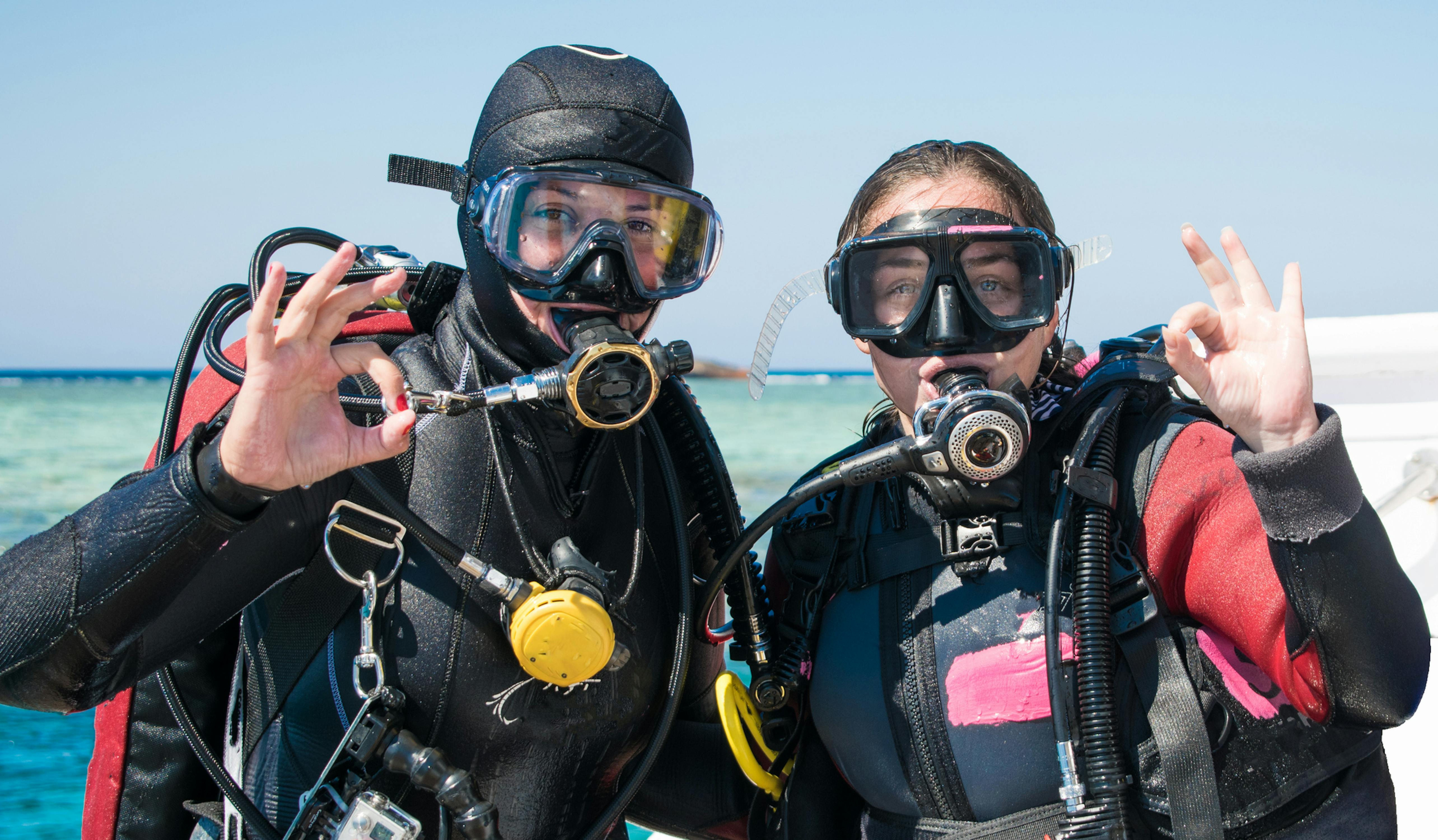How do I stay warm while diving in cold water?
Staying warm involves using appropriate thermal protection such as a wetsuit with high insulation properties. It’s also important to wear a hood, gloves, and boots. Staying active and keeping your dive times moderate can also help prevent heat loss.
What are the risks associated with cold water diving?
Risks include hypothermia, reduced dexterity due to cold, and increased air consumption. Cold water can also affect buoyancy control and visibility. Proper training and equipment are essential to mitigate these risks.
How do cold water temperatures affect my dive gear?
Cold water can affect the performance of dive gear, including making it stiffer and harder to manage. It can also impact the functionality of regulators and other equipment, so regular maintenance and checking equipment before the dive are crucial.
What should I do if I feel cold during a dive?
If you start feeling cold, signal to your dive buddy or guide and consider aborting the dive if necessary. It’s important to end the dive safely and warm up as soon as possible after surfacing.
How does cold water affect my air consumption?
Cold water can increase air consumption as the body works harder to maintain core temperature, and the colder temperatures can cause a diver to breathe more rapidly. This can lead to quicker depletion of air supply.














